
Varun Dev Temple Restoration
Like every other religious site associated with the natural feature, it must have been part of exploit or appearance of some deity; in present case it may be case of VarunDev that attracted the fancy of the devotees.Most probably it is associated withthe story of Krish-na visiting this place to honor the erstwhile deity Varun Dev. The surrounding depression was gradually filled up, with the mu-nicipal selection as in-fill site, and subsequently by the efforts of the community, to provide the level grounds for the devotees’ activities, during festivities and ceremonies. It subsequently became the part of Mandir, by receiving some construction. It has faired well in Administrative Correspondence of Colonial Re-cords; the information about the temple, its being associated with any particular community and circumstances of its constructionare otherwise not available. Manora Island also is not much known in historical narratives. The first ever reference, which provides an indirect reference, is from IbneMajid’s account of seafaring in Indian Ocean. It refers to Munawara. This reference may be construed as an association of the place with the presence of a light tower; not necessarily to a structure like the-modern day lighthouse, but of course the ancient world is replete with the most amazing structures serving as lighthouses, to afford the guidance to the seafarers.

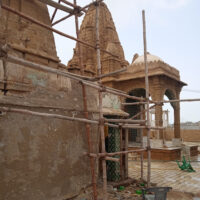
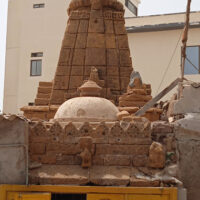
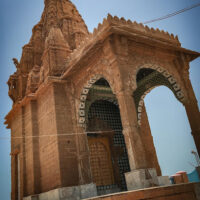

Rumi Graveyard Conservation
Rumi is the graveyard with beautifully carved graves. It is situated on right side of the Karachi – Hub road, some 7 kms short of Hub town. The graveyard was in complete ruins, highly vandalized by the tomb robbers, in search of treasures. The graves, mostly of 17th century are cut and carved out of local sandstone. The rich carving lured many a free boaters to carry away the scattered slabs, many of these with inscriptions. The circumstances warranted immediate attention of the government archaeological department and other volunteer organization, working on Heritage to intervene to save an important graveyard from complete destruction.
SEAS Pakistan, a group of dedicated Archaeologists and conservationists, took cognizance and made a proposal for the restoration of the graves and for securing the graveyard against future destruction. The restoration workout only involved the basic conservation principles for archaeological heritage, enshrined in various conservations and guidelines framed under UNESCO but also went a step further and devised strategy to involve the stake holders in order to end the isolation of the site of RUMI and workout assured safeguard for the future.
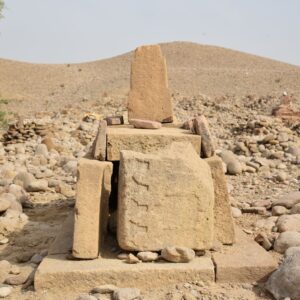
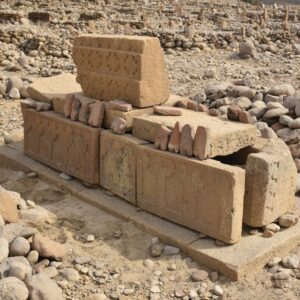
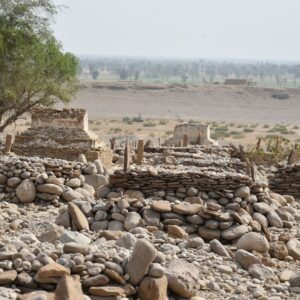
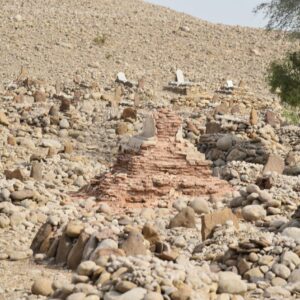

Khaliq Dina Hall Conservation
The Khaliq-Dina hall was under focus since long, due to recurring issues with the structure and allied spaces. In this connection the Karachi Metropolitan Corporation initiated discussions; resultantly a Seminar was held in Khaliq-Di-na Hall, participated by lead experts in the field. The seminar made recommen-dations, resultantly a proposal was developed with consensus. Therefore a development scheme prepared, the work has been assigned to M/s Laraib Enterprises, and Sindh Exploration and Adventure Society (SEAS) Pakistan is to provide the Consultancy for the project.
The Khaliq dina Hall was the first public build-ing built by local Muslim philanthropists for the literary and leisurely pursuits of the native population. We must recall that white and black quarters divided the city into distinct parts during the Colonial period. The natives lived in the Old Town — the north-western part Serai Road, Napier Road and Bunder Road, while the goras lived in the southeast the Civil Lines Quar-ter, Frere Hall, Sindh Club and Governor House. In addition, Saddar was used by the European population for shopping and recreation. Khaliqdina Hall was built in 1906 at a cost of Rs33,000, including a generous donation of Rs18,000 made by Ghulam Hussain Khaliqdina.
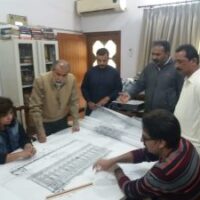
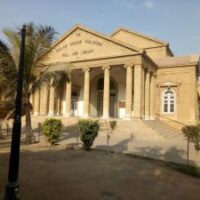
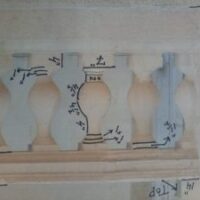
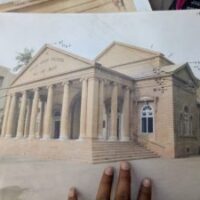
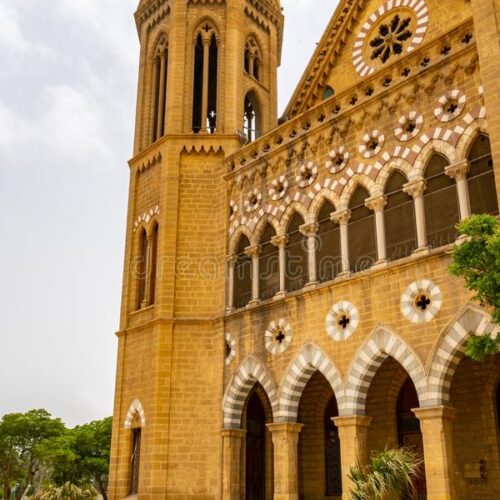
Frere Hall Preservation
The historic Frere Hall continues to face preservation issues since 1950s. The need for its re-habilitation was realized sometime back and plans were developed. In recent past the Sindh Exploration and Adventure Society and Karachi Municipal Corporation have started paying closer attention to it, where-in the conservation and re-habilitation needs have been identified as: a) Immediate measure required, b) To be followed by the in-depth studies for interventions and c) The Conservation works, to be undertaken, phase-wise, and as per the re-sources available. Rehabilitation work on the Frere Hall began in the month of October 2020; it initially focuses on Restoration of its Original Timber Flooring on First that include Hall, side Transept, Verandahs on three sides and dual Stair Way.
The Technical Team of SEAS Pakistan utilize its full strength to bring back the flooring into its original condition, various Conservation measure were taken with multiple steps such as: • First Stage deliberate and low-grade Scrapping, to remove the stains, of multiple coats and colors, raisins and epoxies • Repair and Replacement of the damaged Timber Planks • Cleaning of the Loose Particles • Filling the Gaps in Between and under the damaged Planks • Clearing and Filling the Cavities on Surface • Re Scrapping of the Planks • First Coat of adequate cleanser • Scrapping and application of thinner • Second Coat of cleanser • First Coat of Finishing / Lacquer.
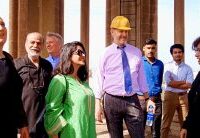
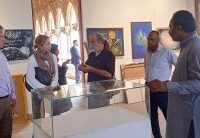
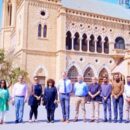
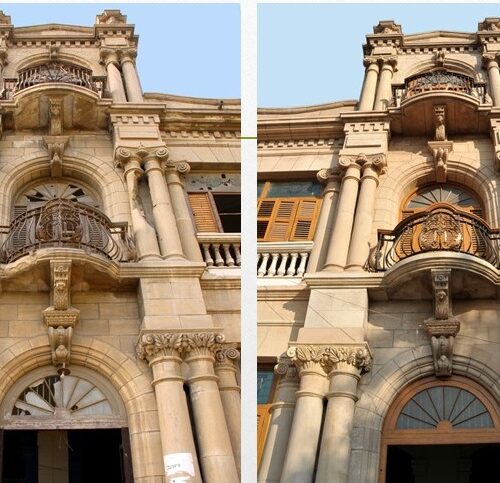
Muhki House Conservation & Restoration
SEAS then worked with the Sindh Antiquities Department to develop a conservation plan for the house. The plan included repairing the damaged features, restoring the interior and exterior of the house, and developing a management plan for the house.
SEAS and SAD also worked with the local community to raise awareness of the importance of Mukhi House and to encourage them to get involved in its conservation.



As a result of SEAS’ efforts, Mukhi House is now in much better condition. The damaged features have been repaired, the interior and exterior of the house have been restored, and a management plan for the house has been developed.
SEAS continues to monitor Mukhi House and to work to ensure its conservation.

